





we cut
Plywood is a modern wonder. And being in panel form makes it the perfect material for CNC routing/milling/machining. Take a look at our instagram for examples of what’s possible with a 3-axis CNC and some plywood. YouTube is another great resource.
We’ve got some YT vids below to get you started.
The BORD website is a great guide for pricing and availability in Melbourne. They’re very reliable and regularly deliver to us.
Bord Products
MELBOURNE WOOD PANELS is also worth considering for industry standard panels. Great on price, quick delivery.
Melbourne Wood Panels
Submit your job to be quoted and get a fixed price and delivery date.
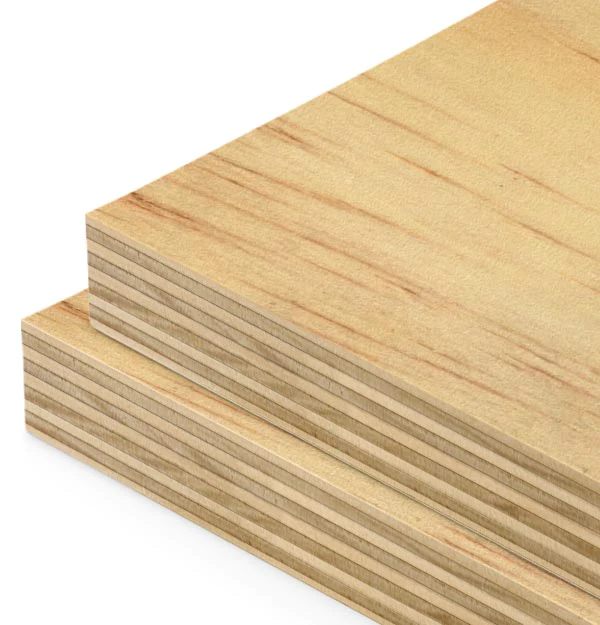
Cheap and rough. Knotty and less stable/prone to warping.

Cheap and fewer knots than C/D. B face presentable but not guaranteed.
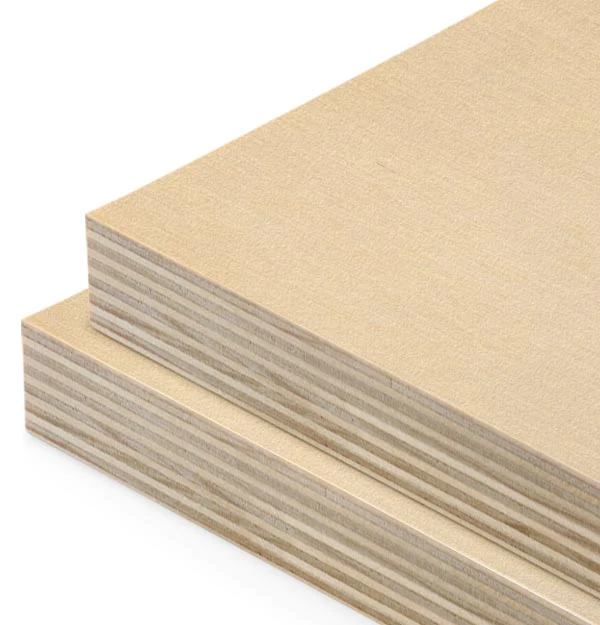
Stable with an attractive grain and creamy colouring. Takes finishes well.
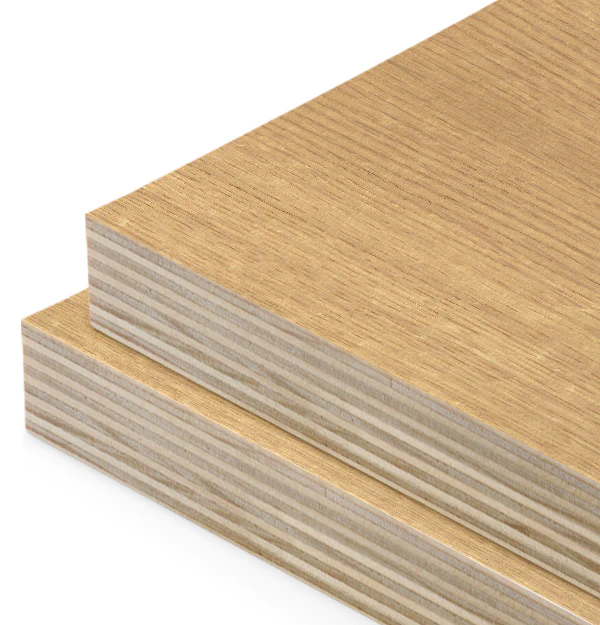
Birch core with solid timber veneer. The best of both worlds.
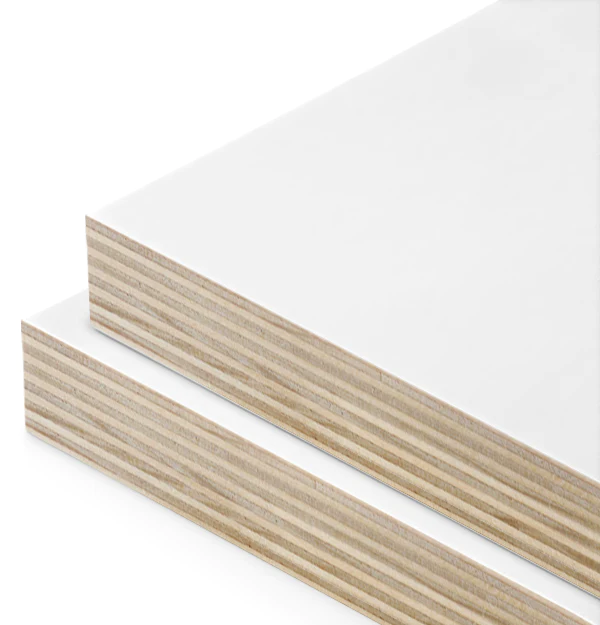
No painting or oiling required (notwithstanding the cut profile).
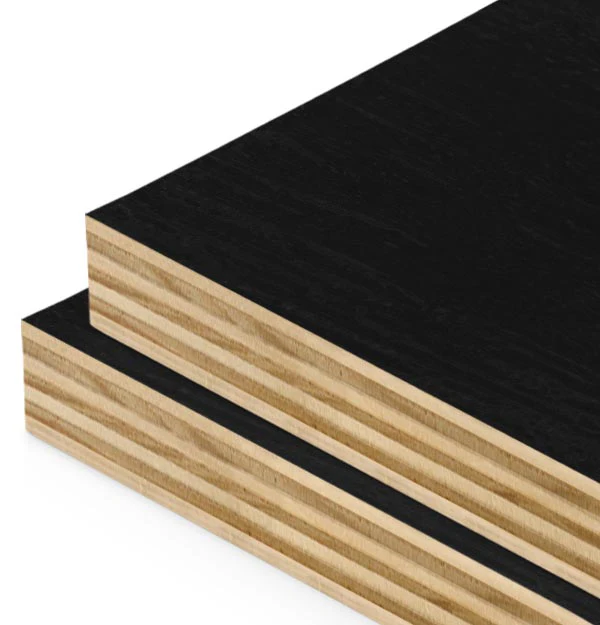
Good value option for utilitarian projects. Low maintenance results.
As well as being economical, composites, such as MDF, have great properties for CNC machining. Not having a grain pattern simplifies nesting / part orientation. Cut parts have good stability if properly treated (painted etc). And material thickness is reliably close to what’s on the label (nominal).
MELBOURNE WOOD PANELS has great prices on composite panels. Phone them for pricing and inventory.
melbournewoodpanels.com.au
If MWP don’t have it BORD will.
https://www.bord.com.au/
Submit your job to be quoted and get a fixed price and delivery date.
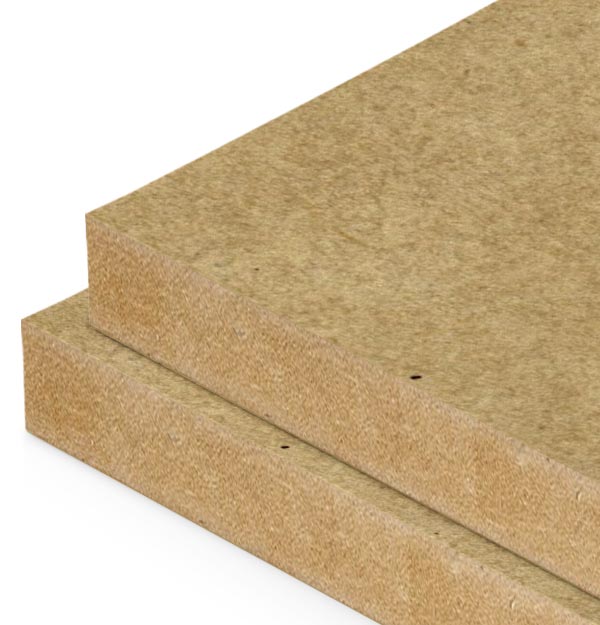
Cheap and stable. Heavy relative to plywood.

Moisture resistant MDF. For wet areas indoors – typically bathrooms and kitchens.
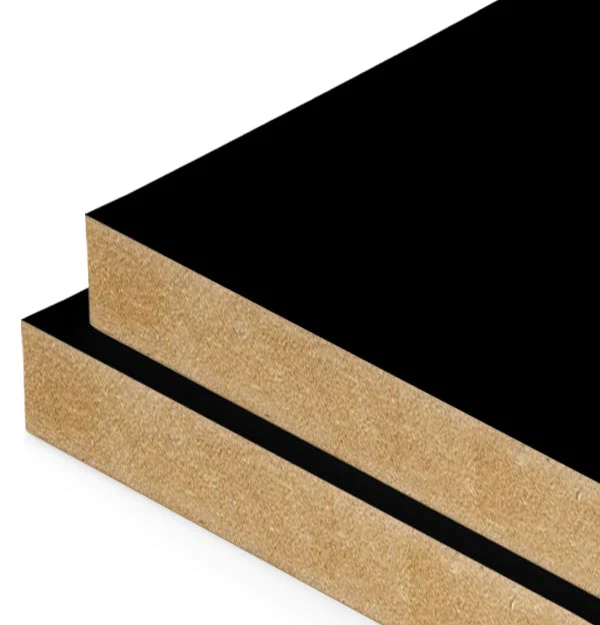
Minimise finishing with a film face. Paint that spills onto the face while painting the edge won’t adhere to the film face – for a low-fuss clean result.
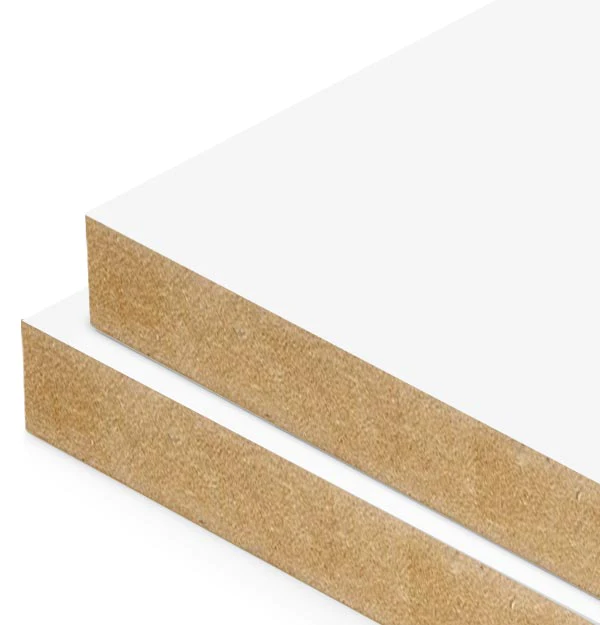
Available in white as well as other colours. A hardy finish that saves on labour.
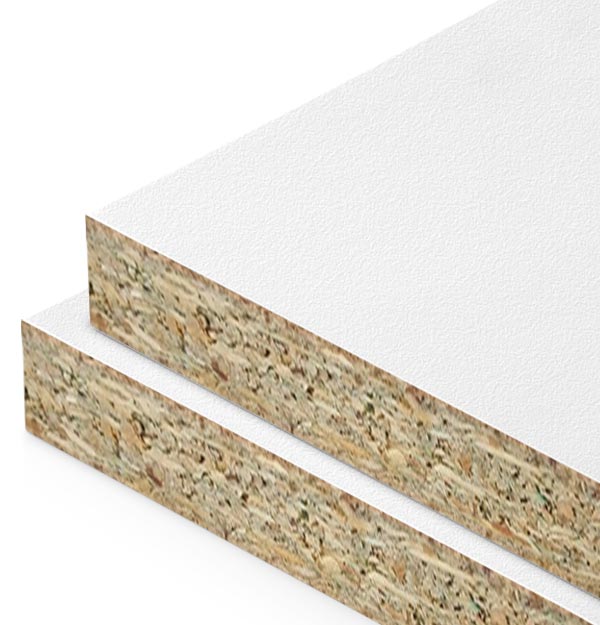
Lightweight alternative to MDF. Various textures available. Low cost, low tensile strength.
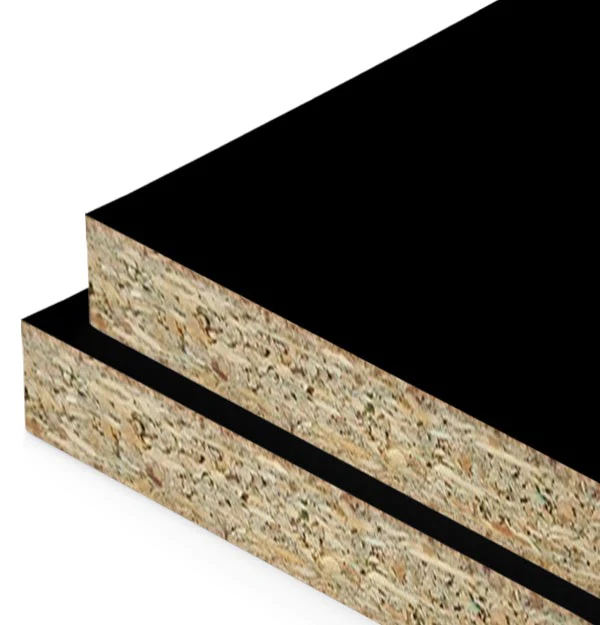
Less common than white.
Different plastics can look the same at first glance. But different plastics have different properties. ChatGPT is your friend.
Our suggestion for where to find pricing and availability:
These guys can help you find what you need.
https://jycaplastics.com.au/
Submit your job to be quoted and get a fixed price and delivery date.
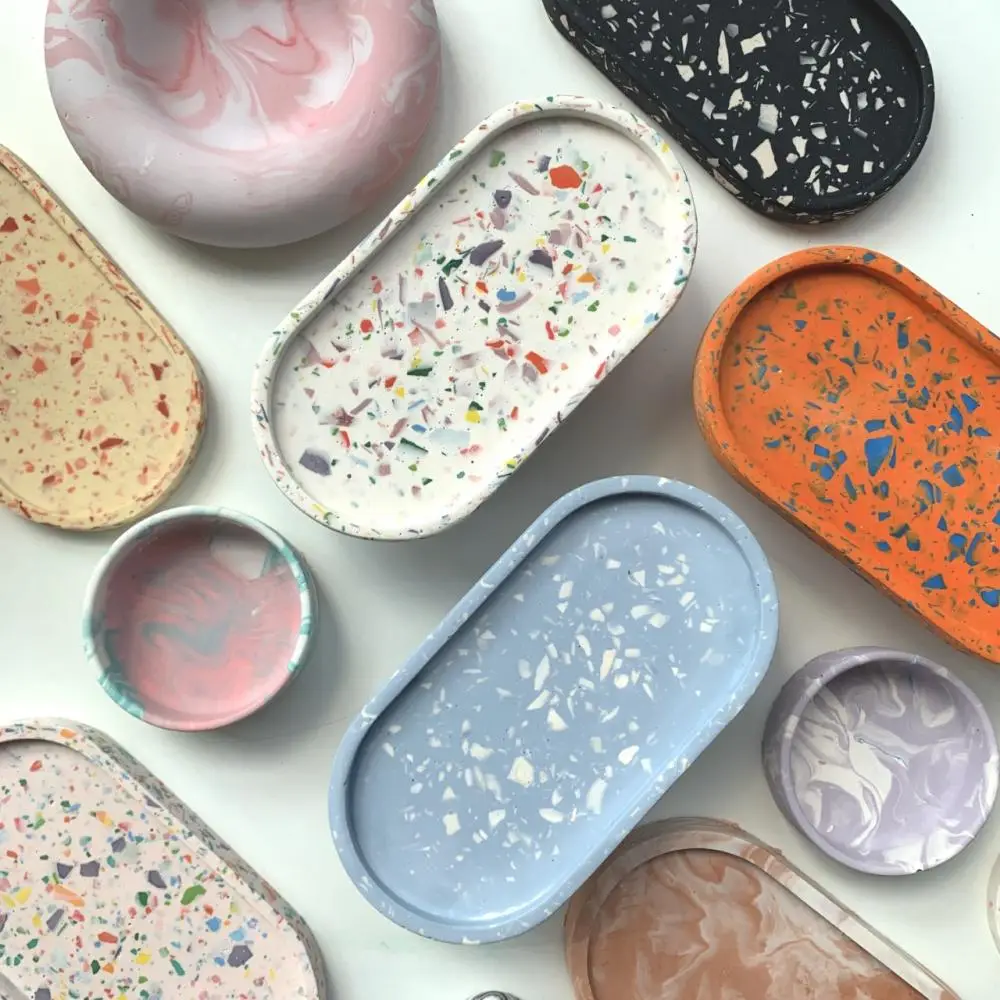
Many colours available, various textures. Recycled HDPE is taking off ATM, worth looking into.
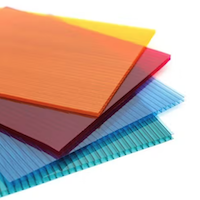
Lightweight, colourful and strong.
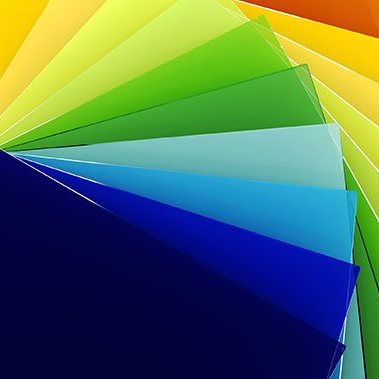
Available in solid, clear and translucent, as pictured here. A popular substitute for glass.
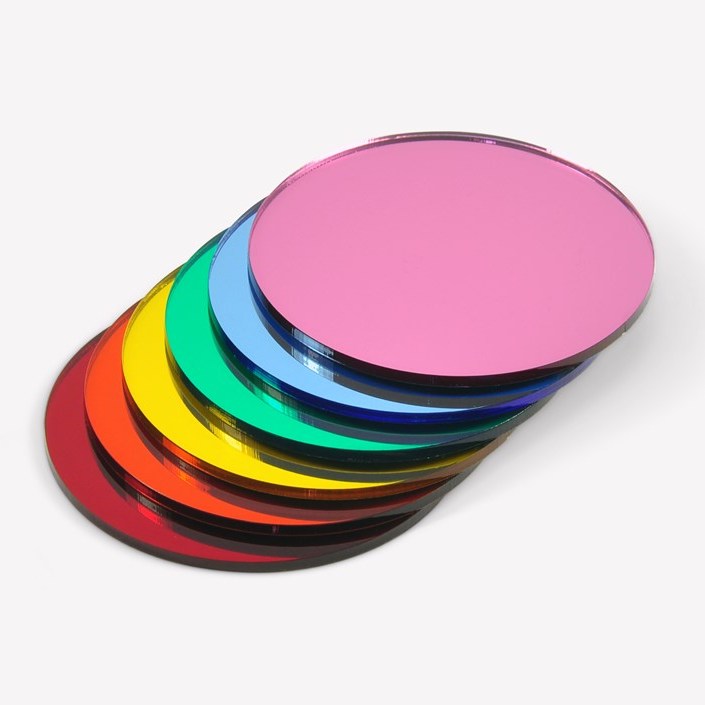
Shatterproof and lightweight.
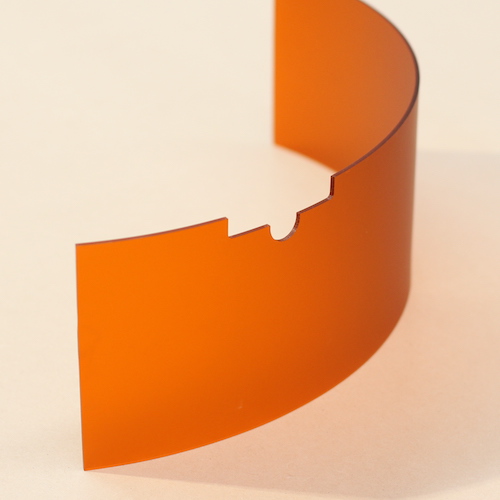
Can be achieved with a CNC machined mould.
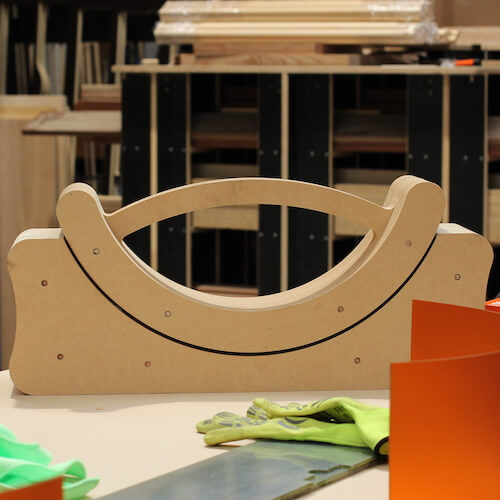
Reshape flat panels.
Solid timber is beautiful. So we’ve made a special effort to overcome the challenges presented by CNC routing solid planks.
Laminating boards, resulting in a panel, is one strategy. But there are others. Talk to us about what strategy best fits your job.
Submit your job to be quoted and get a fixed price and delivery date.
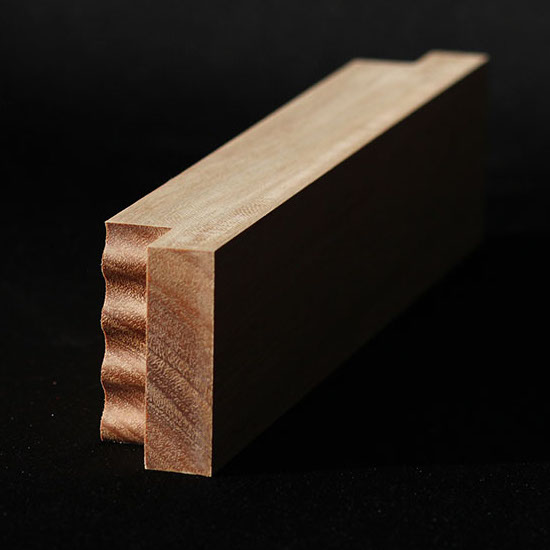
Get to know Aussie hardwoods. Vic Ash / Plantation Ash is the best place to start.
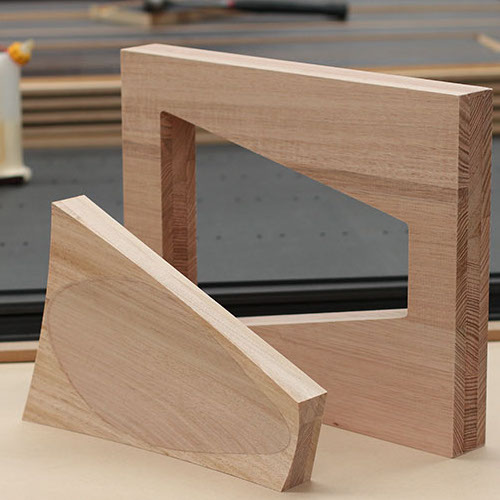
Controlled shaping of solid timber blocks. Often resulting in striking grain patterns.
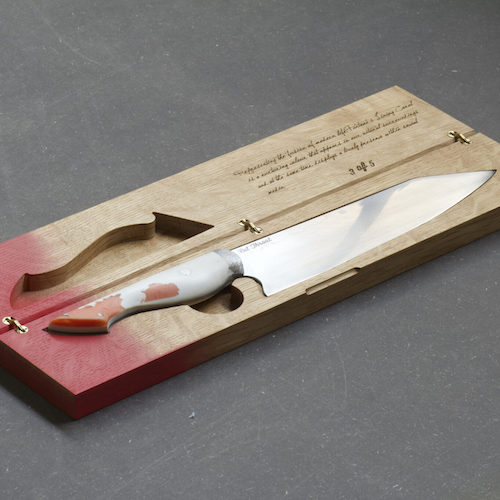
A highly workable timber. Attractive and available for a reasonable price. Possibly the most popular for furniture making in Australia. Seek Ash for a pale alternative.
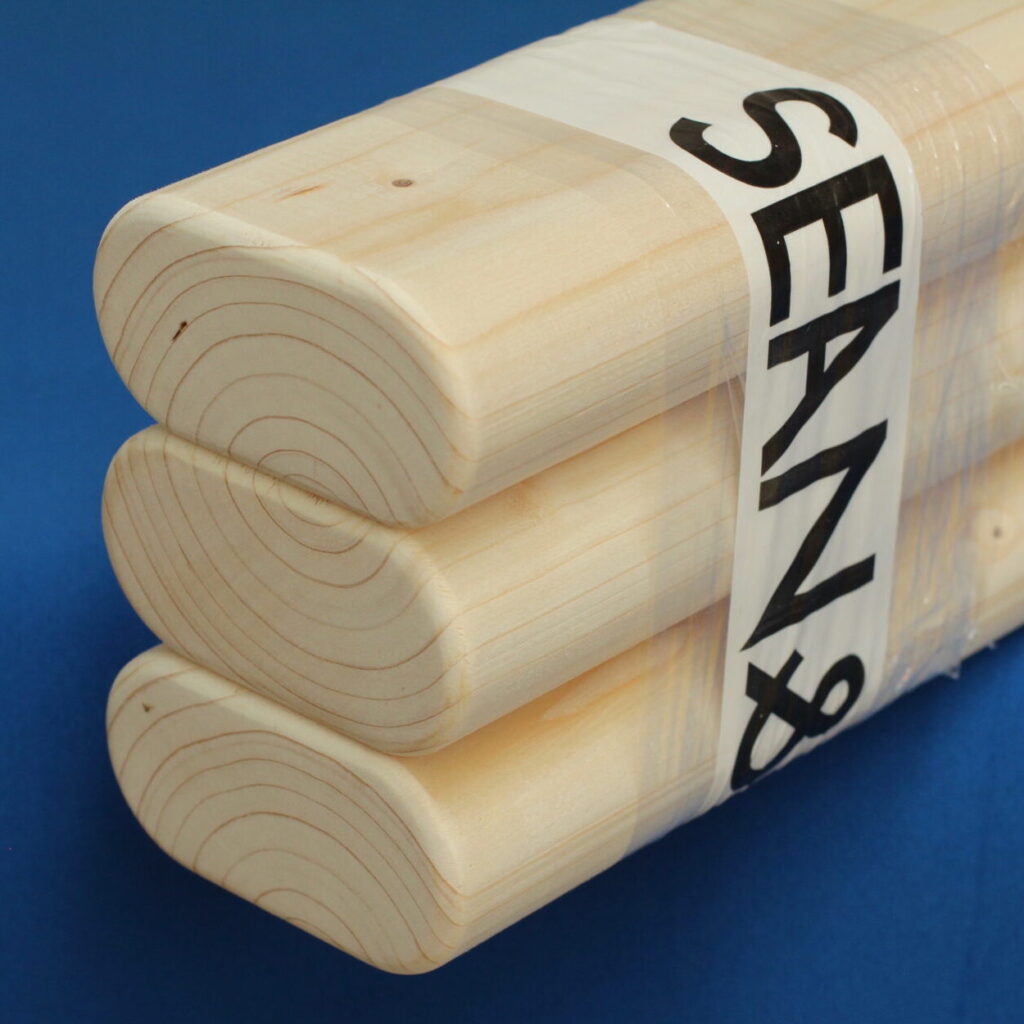
Beautiful results can be achieved with humble pine when approached in a considered way.
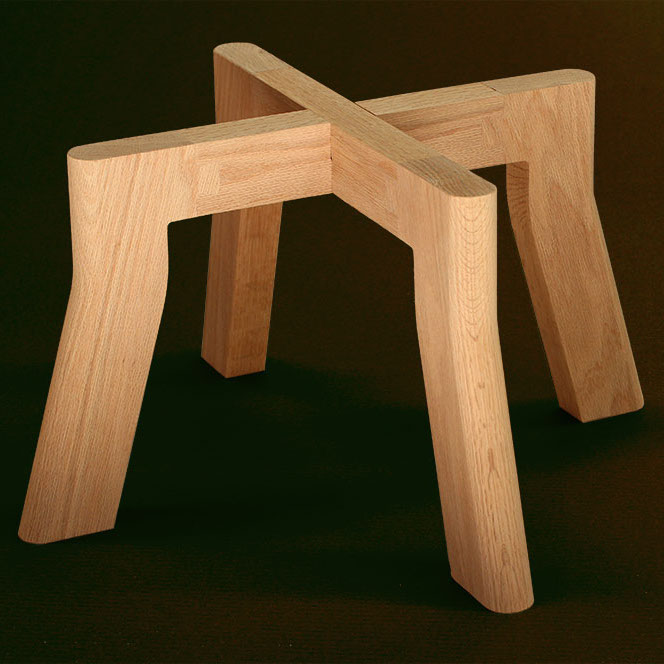
Joins are easily achieved with the aid of biscuits. Yummy.
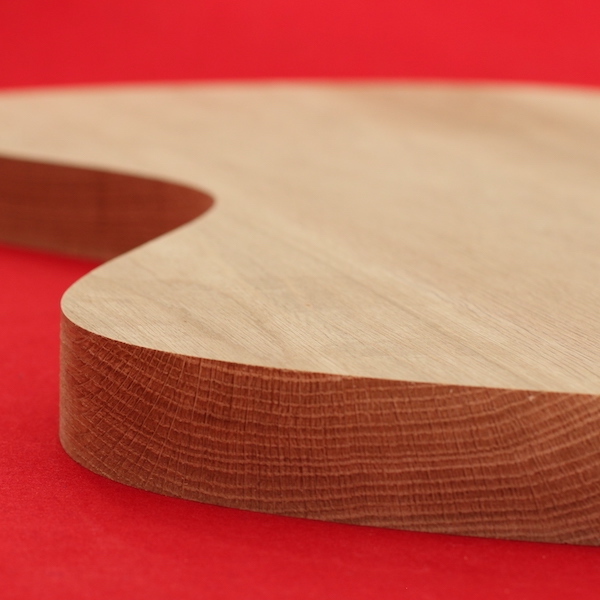
Laminated boards result in panels. Serpentine profiles reveal grain. An outcome that won’t be apparent in most CAD.
Our CNC Router can machine aluminium composites, typically Alucabond. Our neighbour – under the same roof – can machine a range of metals including aluminium and steel. Everybody needs good neighbours. We can connect you with him by request.
Submit your job to be quoted and get a fixed price and delivery date.
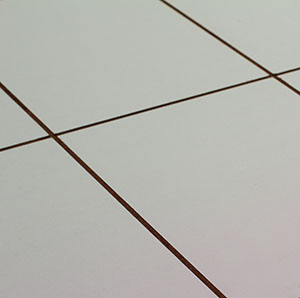
Weather resistant. Low maintenance. A common cladding.
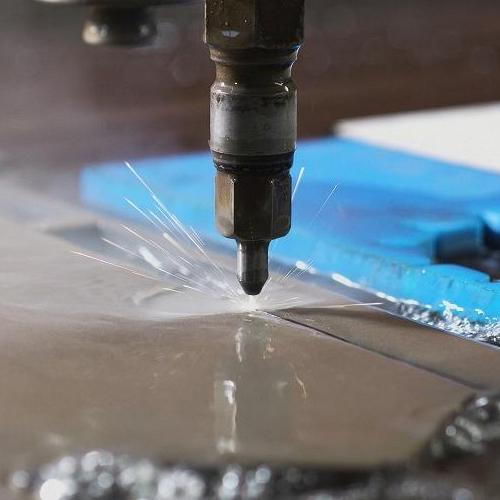
For steel and stone water-jet cutting is a good option. Aztech say they “only cut everything”. So they can probably handle your material.
for great results
Put the time in at the beginning to add and name the layers you’ll need.
Check your lines are on the correct layer by turning each layer’s visibility off one at a time.
Create a layer and name it “Archive”. Make it invisible. Instead of deleting lines you might want to reference later, move them to the archive layer for safe keeping.
As a rule, each toolpath (profile-through, pocket 6mm etc) should have it’s own layer.
Submit your job to be quoted and get a fixed price and delivery date.
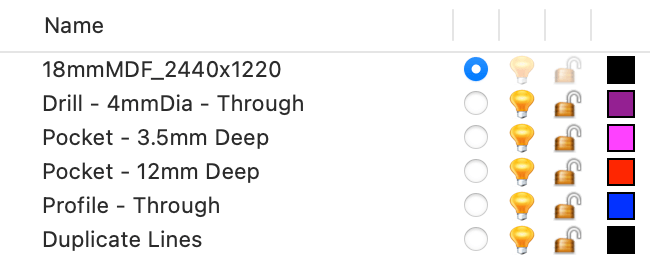
Double sided cutting is achieved one of two ways:
Machine side A, remove from bed; Chuck some 3mm MDF on the bed. Cut out a suitable shape/template; Drop your workpiece in that cut-out, B-Side facing up.
Or with locating dowels, as illustrated. It opens up a lot of possibilities and can save a lot of labour down the track.
Get in touch to discuss which method best suits your job.
See the LOCATING DOWELS tab to learn more.
Submit your job to be quoted and get a fixed price and delivery date.
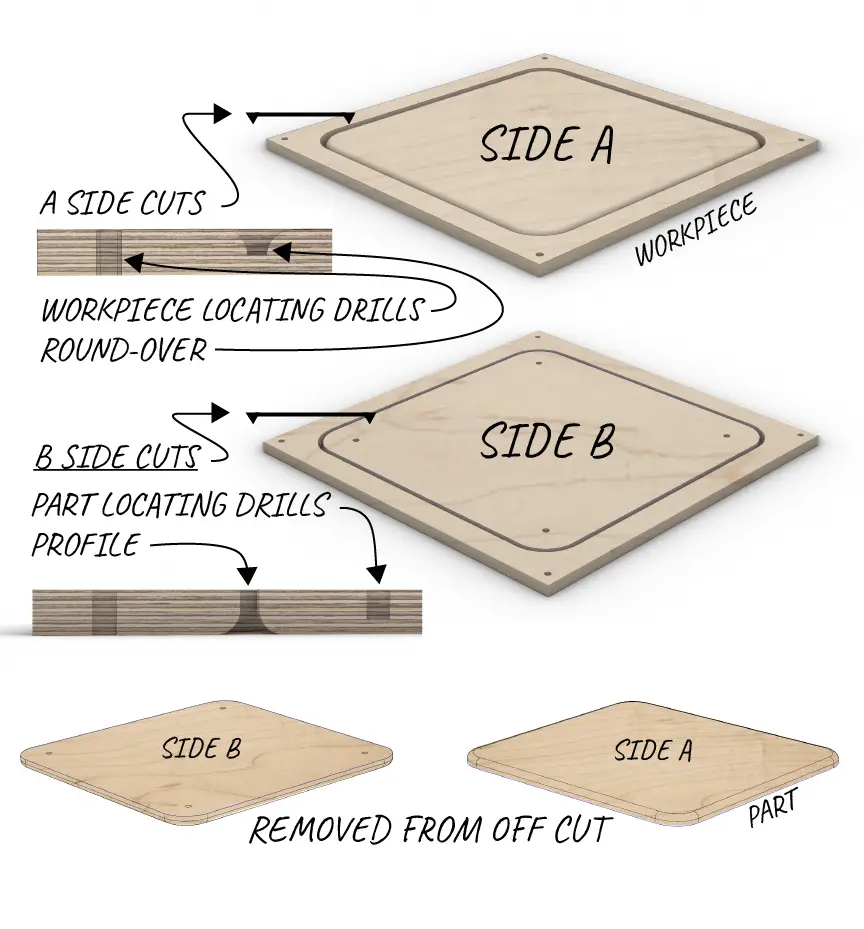
Nesting is the name given to arranging parts within your workpiece. Consider grain direction when nesting parts – it’s easy to forget when you’re at your computer.
Assume an East-West grain direction.
Allow 20mm between nested parts and 20mm at the edge of your workpiece.
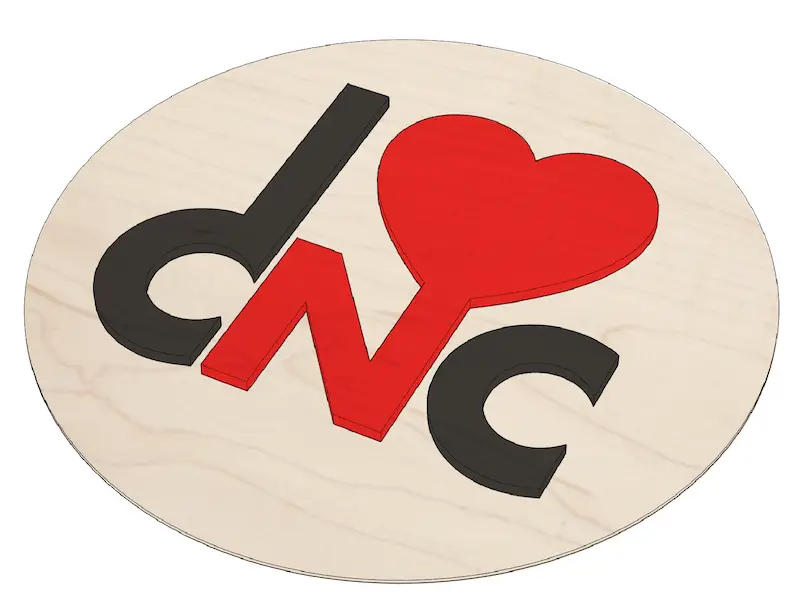
Every CNC router uses circular cutters. Circular cutters create square external corners. Internal Corners, however, will always have a radius. The radius will be equal to the cutter, as illustrated.
If this presents a problem for your job, get in touch to discuss your options. We’ve seen it all and we’re here to help.
Submit your job to be quoted and get a fixed price and delivery date.
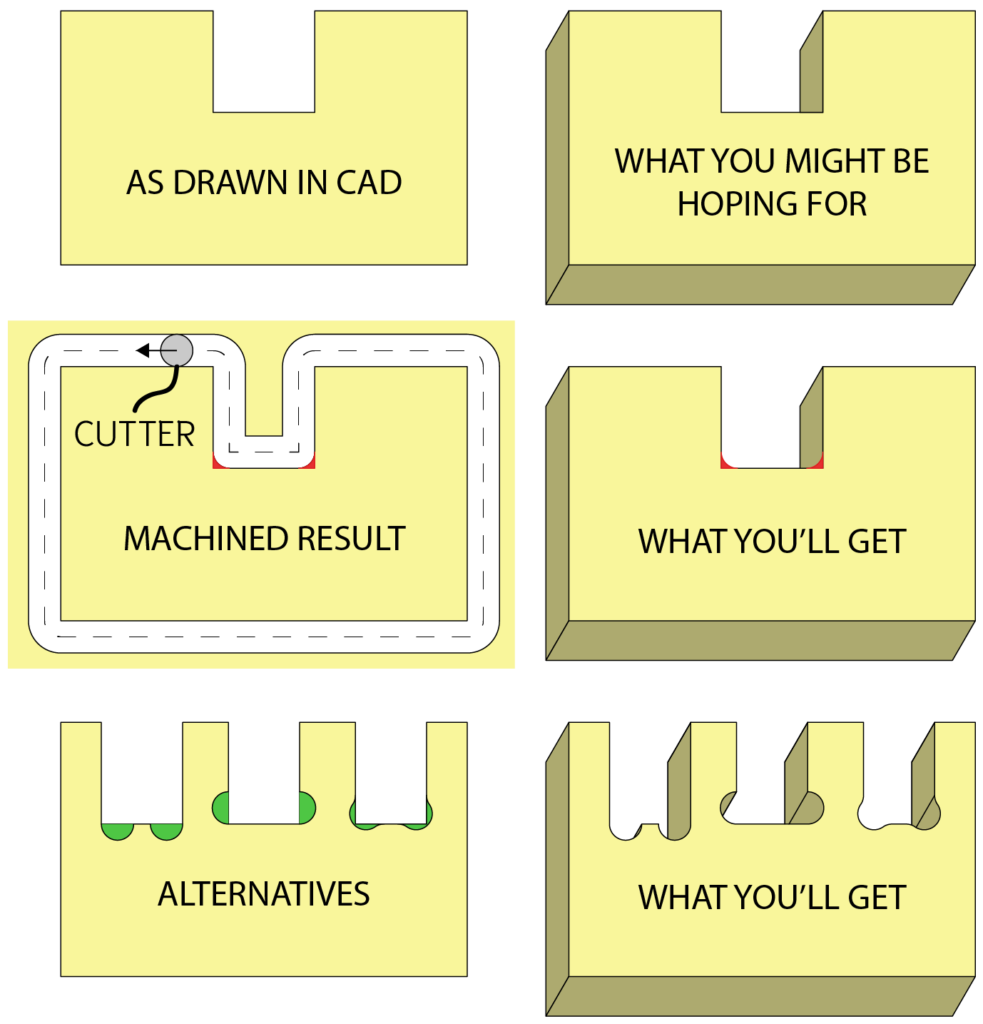
Treat nominal thickness dimensions (what’s on the label) with caution. 18mm plywood is rarely exactly 18mm thick. It’s usually pretty close and 5% off in extreme cases.
MDF is typically closer to the nominal thickness than ply. Depending on the job this might be a key consideration.
Let us know if this has the potential to create issues for you. We have practices to mitigate the risks.
Submit your job to be quoted and get a fixed price and delivery date.
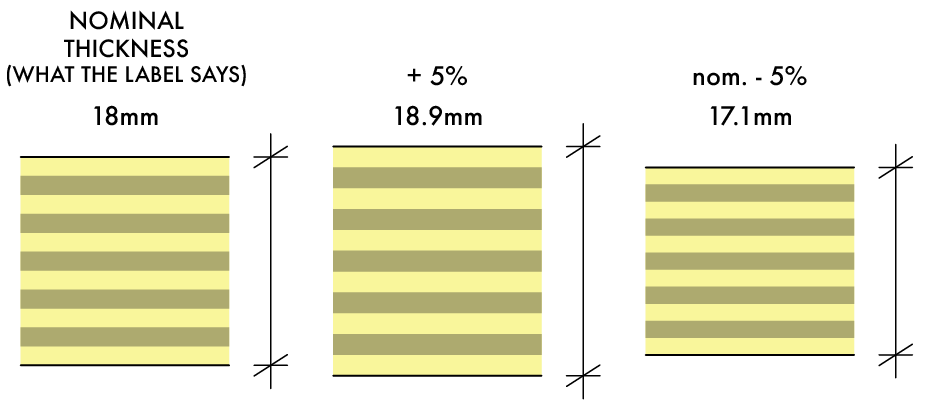
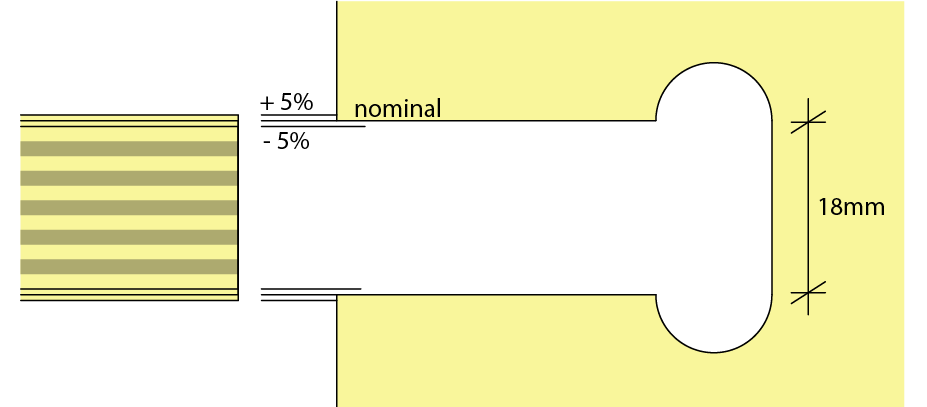
Locating Dowels are an indispensable tool to achieve the sign below.
Here we have:
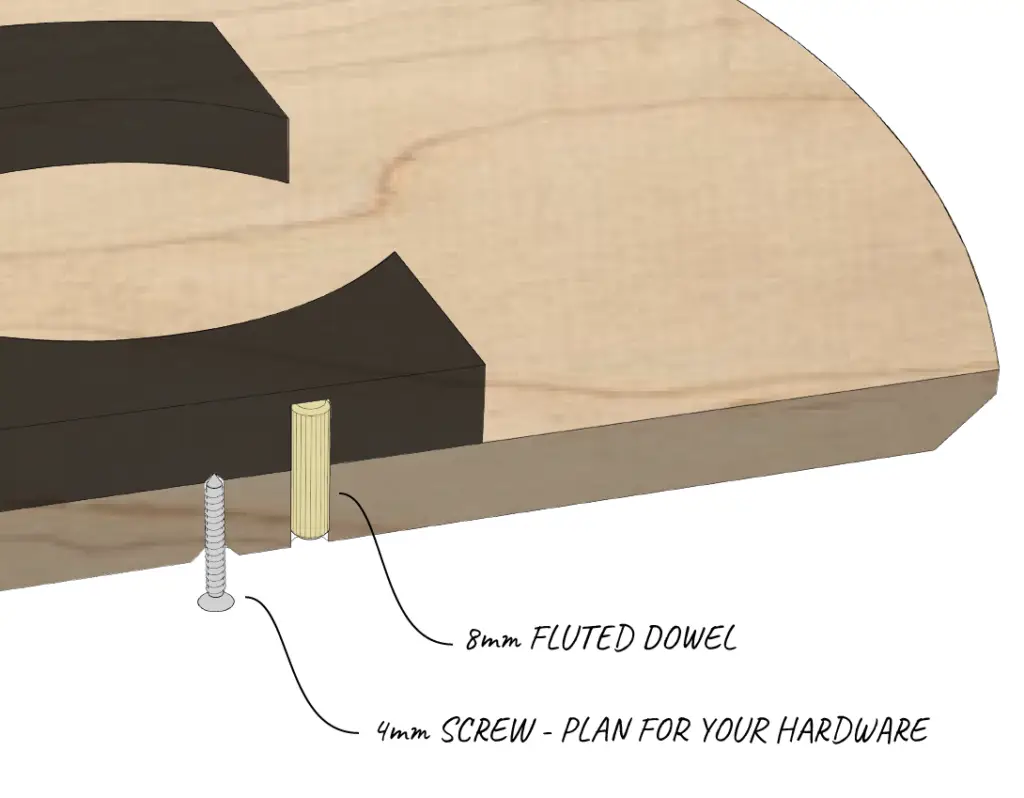
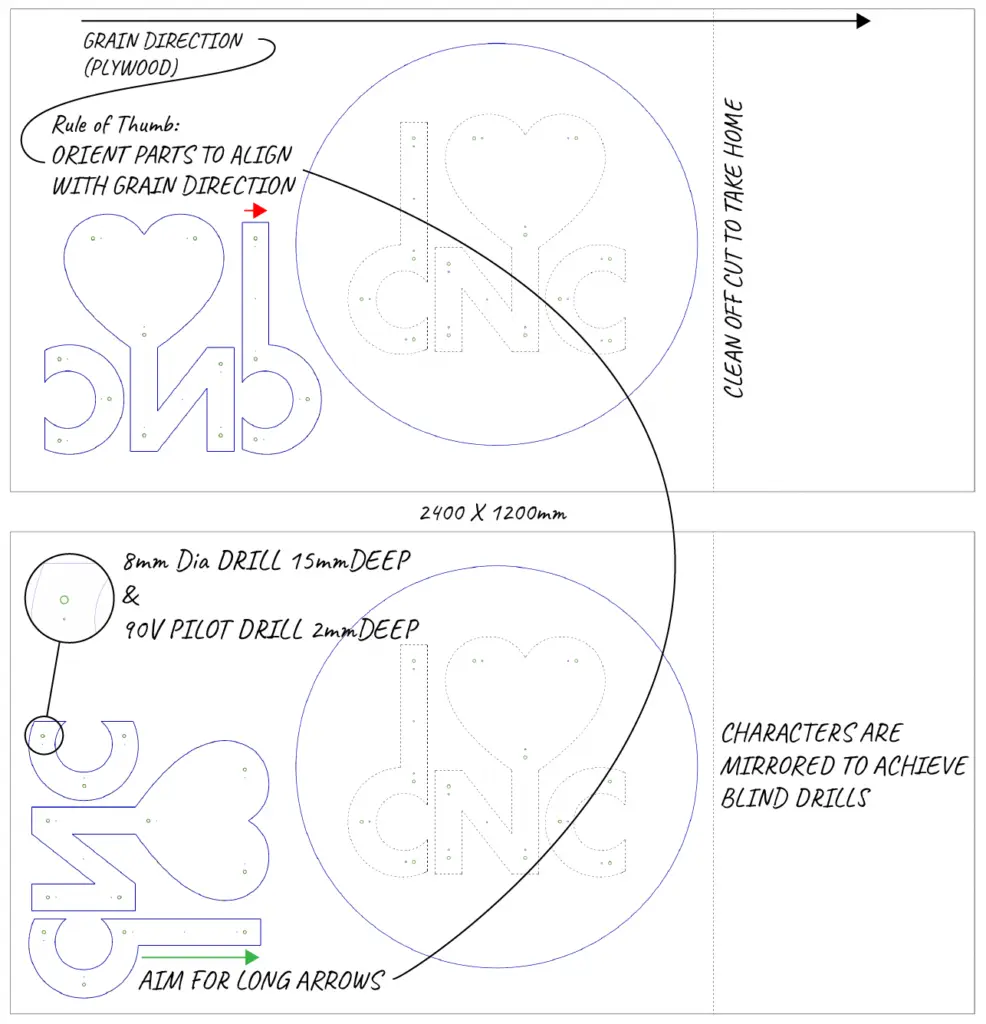
ask for the specials
The Profile is simply the outline of the desired shape – you can think of it as the outline of the silhouette of the cut part. But there are a few things to keep in mind:

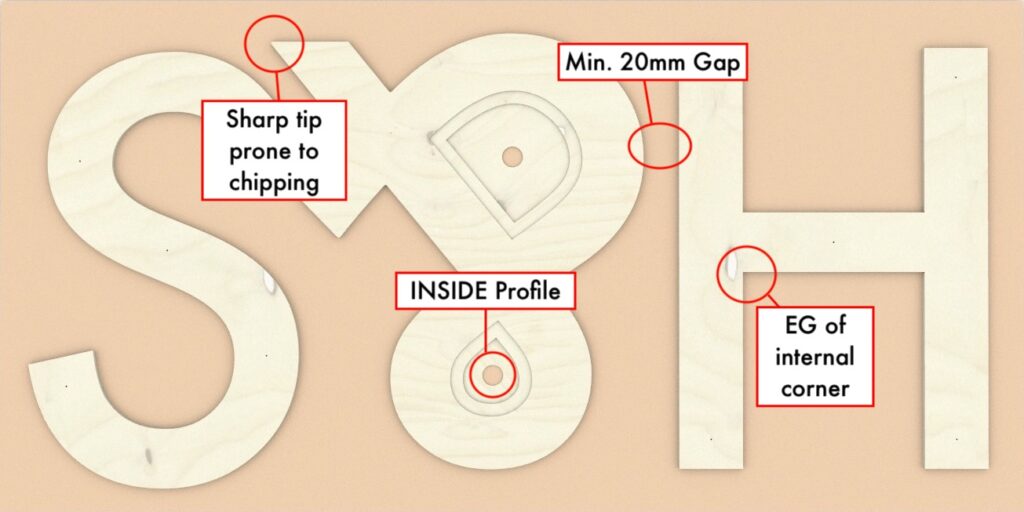
Pocketing is one capability that separates CNC milling from laser or water-jet cutting. In this example pockets allow for backlit translucent acrylic.
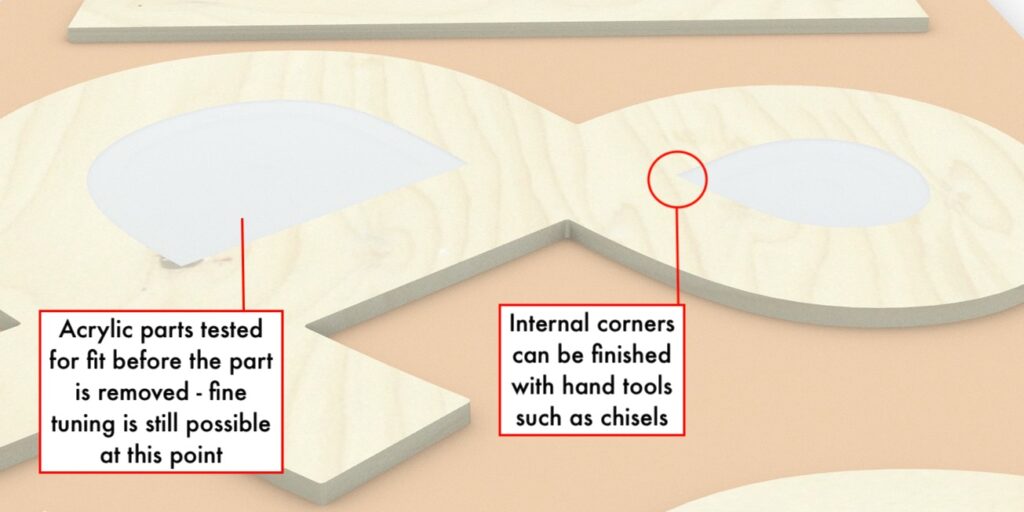
Including drill holes, such as pilot holes for screws, saves a lot of effort down the line. Drills can also be used to make locating holes – choose your hardware in advance.
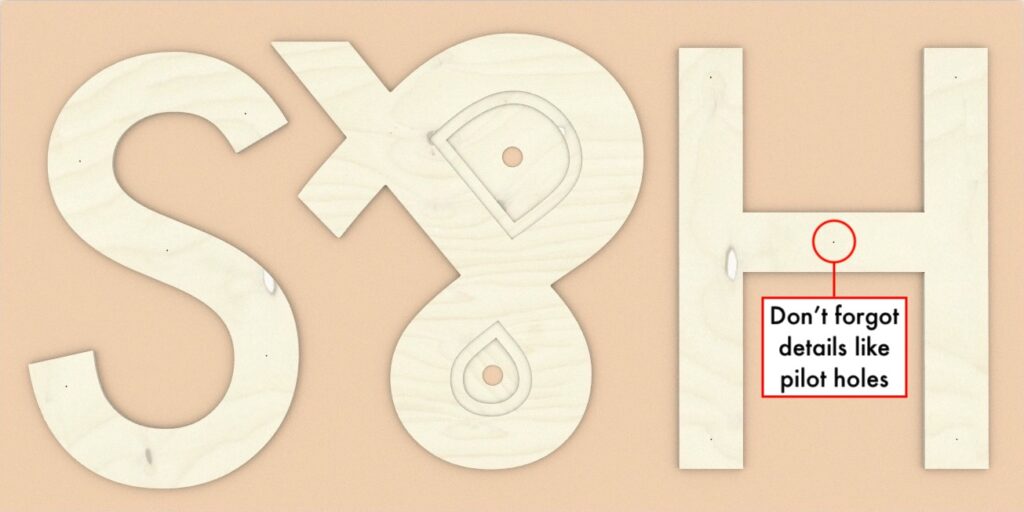
Email us:
e. [email protected]
Copy and Paste the format below to speed things up.
If you’re new to CNC the fields below might help. Copy and paste them into your email body:
Customer Name:
Job Name/Reference:
Phone/WhatsApp:
I’m a (new customer) (returning customer)
I need help with my CAD / My CAD is ready to go
My budget is roughly: $???
(including) (excluding) materials
(I’m a student) (Design Professional) (Artist) (Builder) (Tradie) (Hobbyist) (Other)
(Yes, you can capture and share my job on social media)
(My job is under wraps for the moment)
BILLY
[email protected]
0403 611 798
By Appointment ➡️
WORKSHOP
392 VICTORIA ST
BRUNSWICK 3056
(Parking on site)
Discuss your job in person at our
Brunswick workshop.
A curated range of helpful bits and pieces we’ve put together & goodies we’ve found online
Watch and learn. These videos contain lots of great ideas and techniques.
TIP: Make your layers visible one at a time to check they’re on the correct layer.
This file gets you start with two panel sizes to choose from and some formatted layers. Copy the format and delete what you don’t need.
We’ve compiled some helpful downloadable resources.
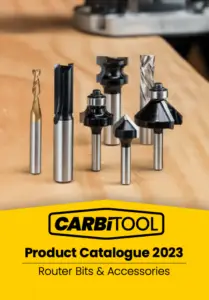 This is the most up to date Carbitool catalogue at the time of posting:
This is the most up to date Carbitool catalogue at the time of posting:
https://www.carbitool.com.au/wp-content/uploads/sites/2/2023/06/Carbitool-Router-Bits-Catalogue_Jan-2023.pdf
We can order cutters on your behalf if you prefer.